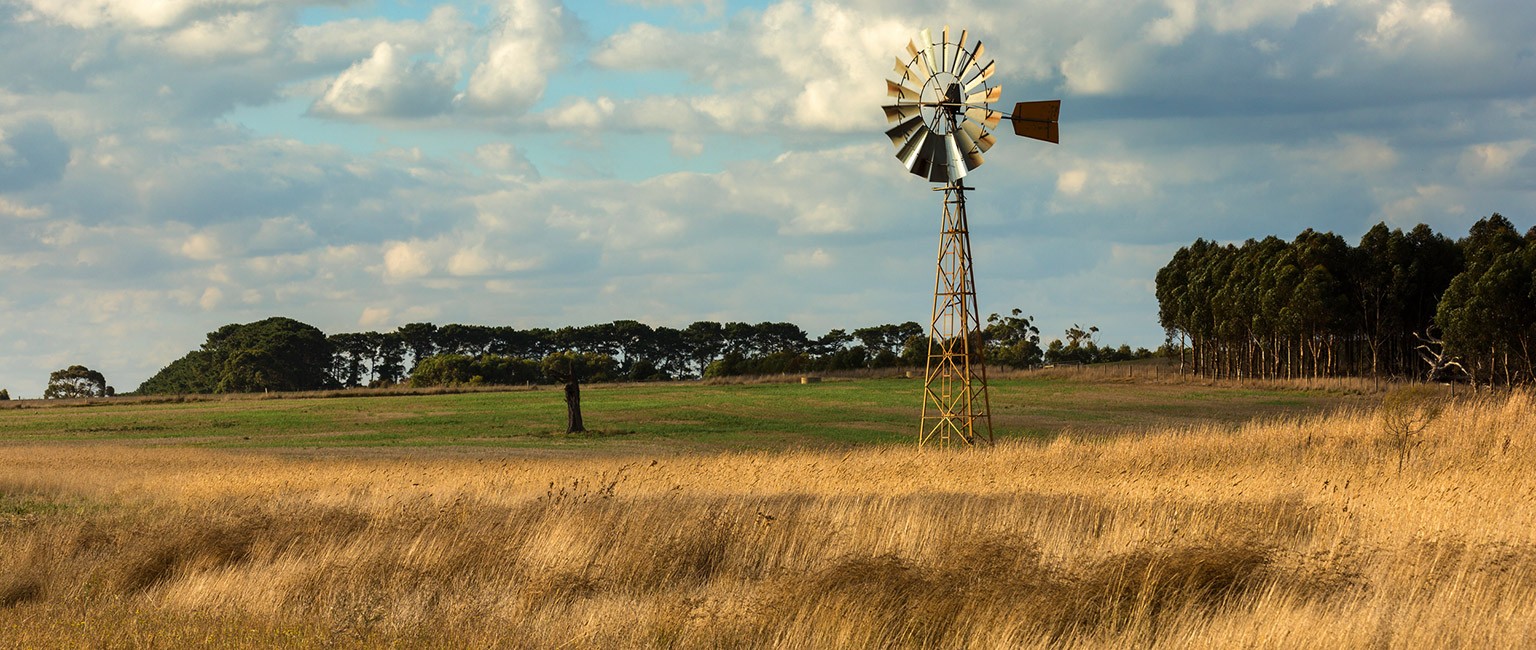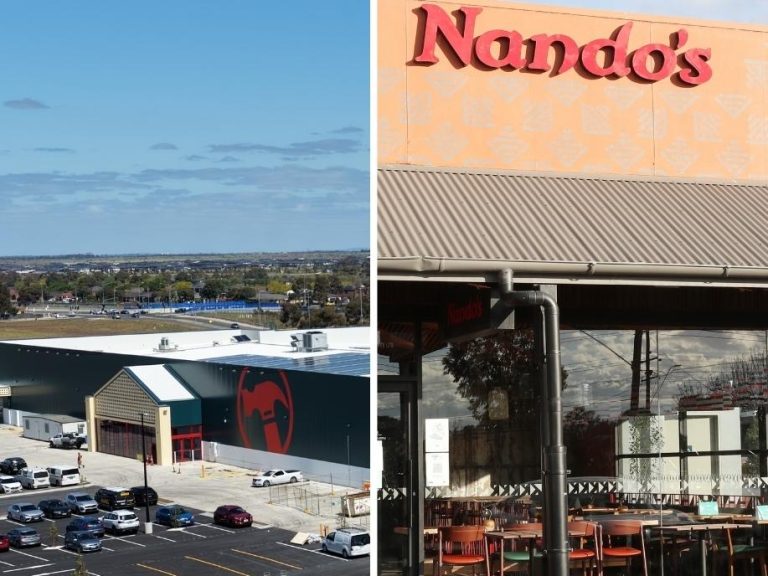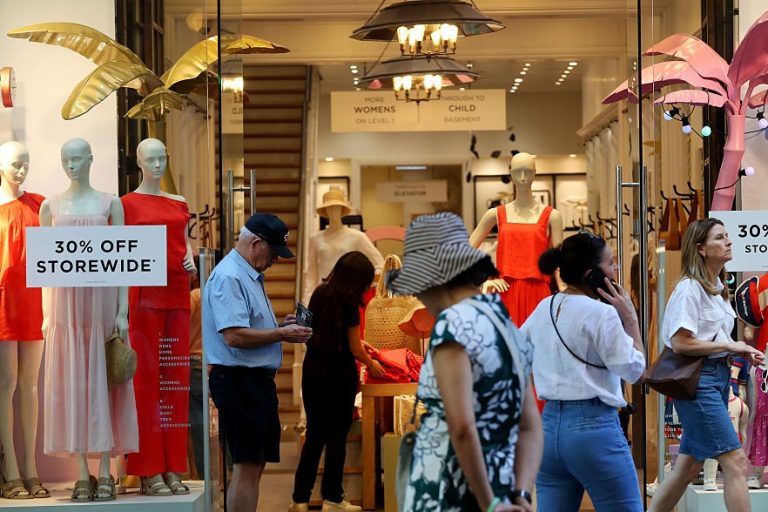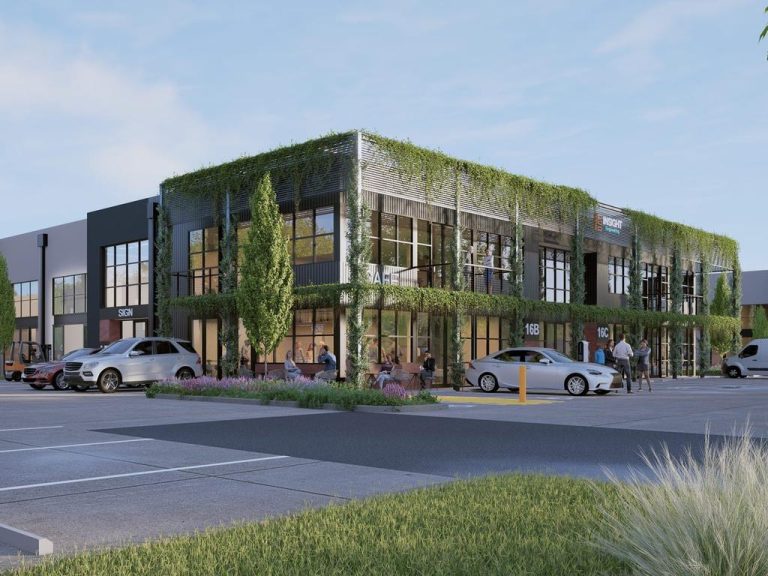Market outlook: Big moves roll on in cattle country

You might have thought the big dry in Australia’s cattle country would see the prices for northern cattle stations tank.
Yet 2015 has turned into the year of the big deal.
According to Danny Thomas, regional director of agribusiness at CBRE, Australia’s cattle industry is on the verge of the largest structural change since the northern beef depression in the 1970s, and what’s likely to emerge is a more consolidated and sophisticated industry dominated by large institutional players.
Agricultural land is in vogue, with rising demand for agricultural assets and plenty of buyers looking to get in.
The great sales muster
Over the last 18 months, cattle farms have seen a flurry of activity, which in the Northern Territory alone could see sales numbers double this year.
The bulk of buying power is actually coming out of Canada, the US and Europe
A number of prominent Australians are rustling in on the action, including Andrew Forrest, who purchased purchasing two stations in WA’s Gascoyne region, Gina Rinehart, who acquired Fossil Downs in the Kimberley and Seven West Chairman Kerry Stokes, who purchased Napier Downs.
Going the other way are several prominent owners taking advantage of the surge in liquidity along with smaller owners.

Gina Rinehart bought Fossil Downs for about $30 million
“Many of these owners survived a long and painful downtime and what they are seeing now is an unprecedented level of liquidity in the market offering great value for sellers,” Thomas says.
“Many vendors are coming to the end of their career and don’t have anyone in the family who wants to succeed them.”
The surge in buyers has also encouraged many large owners to go to the market, with perhaps the biggest surprise being the announcement by S Kidman and Co Ltd that its enormous holdings across 11 properties are up for sale.
Kidman joins North Australian Pastoral Company, Consolidated Pastoral Company and a host of smaller station holders selling equity shares or whole stations.
The mega trend
It goes by various names, including the “rise of soft commodities” and the “dining boom” , but much of the rising beef and cattle stations prices can be sourced to growing incomes in Asia.
The industry is witnessing a perfect storm when it comes to beef prices
Newly wealthy Asian consumers are driving many of the world’s premium markets, including protein-based foods, and most analysts agree that while there may be fluctuations along the way, the mega trend is likely to continue.
Asian buyers only part of the equation
The great buy-up has generated plenty of headlines, notably when Chinese businessman Xingfa Ma threw down $47 million to purchase Gulf of Carpentaria stations Wentworth and Wollogorang, adding to his portfolio that includes Balfour Downs, Emu Downs and Wandanya stations.
Then there is the Hailiang Group, which spent $40 million on stations in southern Queensland, and Indonesian firms Great Giant and Japfa, which spent $50 million in the Northern Territory to lock in supply.

Overseas investors are buying up some of Australia’s biggest farming operations
But Thomas cautions that Asia is only part of 2015’s great station buying muster.
“The bulk of buying power is actually coming out of Canada, the US and Europe,” he says.
“Typical of these sorts of deals is PSPIB (Public Sector Pension Investment Board – Canada) who have spent a significant amount to find good local assets.”
“Together with the Ontario Teachers Plan and AIMCo, these three represent a significant source of investment into agriculture.
“What all these buyers have in common is that after the recovery from the GFC, they find themselves with a desire for exposure into assets other than commercial property and shares and having exposure to the mega trend makes sense.”
Upturn in cattle prices
There no doubt that the devaluation of the Australian dollar has played a significant role in generating buyer interest, Thomas says.
“As soon as the dollar dropped below 85 US cents our phones started running hot.”
But the surge in buyer interest has also accompanied rising beef prices – not just in Australia but around the world.

Beef prices are rising globally
“These are not my words but the industry is witnessing a perfect storm when it comes to beef prices. There are low cattle numbers hitting the market globally including in Queensland where much of the state is in drought,” Thomas says.
“But a return of rains is unlikely to see more supply come on to market, in fact quite the reverse, with operators who can afford it shifting their focus to restocking their properties and rebooting their breeding programs.
“This boom in cattle prices is demand-led and given all other things remaining equal, a return of wet conditions to Australia’s cattle country could see prices rise sharply as processors battle with each other to avoid a supply crunch.”
Best opportunities for investors?
Thomas says the best opportunities for cattle property investors are in central Queensland.
“I think we have seen the horse bolt in the Territory, with much of the value upside already being captured, leaving central Queensland with the best value for investors.”
“This region has a logistics hub, which opens up sales to both the export and local markets. The other aspect a new owner with financial resources will find is that they are likely have adjoining properties held by neighbours looking to exit the industry.”
“In WA, we are seeing many local entrepreneurs buying in, but much of those properties will be limited to live export or processors sourcing commodity product in the south.”







